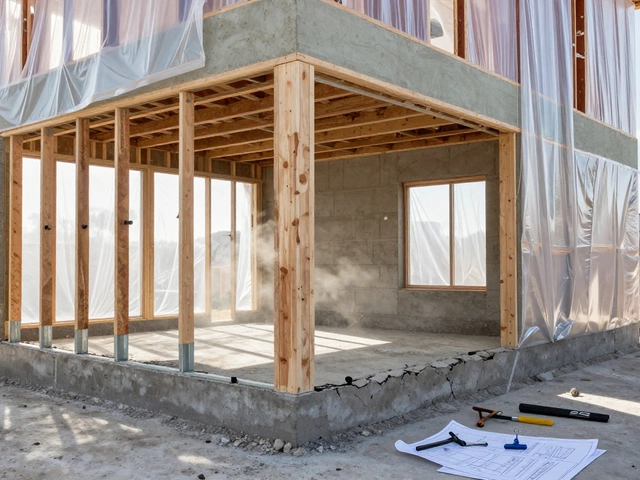Construction Differences Explained
When looking at Construction Differences, the ways building projects can vary in materials, methods, and overall approach. Also known as building variations, it shapes everything from budget to timeline. Understanding these differences helps you choose the right path whether you’re fixing a leaky roof or adding a new wing. Construction differences encompass material choices, technique selection, and design intent, which means each decision ripples through cost, durability, and aesthetic outcome.
Core Elements That Define Construction Differences
One of the biggest drivers is building materials, the raw substances like timber, steel, brick, or concrete used to create a structure. Choosing timber over steel, for example, changes load‑bearing capacity, thermal performance, and maintenance needs. Next up are construction methods, the processes such as prefabrication, modular assembly, or on‑site pouring that bring those materials together. Prefab walls can slash on‑site labor time, while traditional masonry may offer better fire resistance.
How you frame the project also matters. renovation, the upgrade or repair of an existing building often demands careful integration with old structures, whereas new build, the creation of a brand‑new structure from the ground up provides more freedom in layout and systems. These two paths influence structural design, permitting decisions, and even the choice of insulation. Recognizing whether you’re renovating or starting fresh is a key semantic triple: construction differences require a clear project type, which in turn directs material and method selection.
Cost estimation ties the whole picture together. A solid estimate looks at material prices, labor rates for the chosen method, and hidden factors like foundation settlement risk or roof replacement complexity. For instance, older homes may need extra work to address foundation movement—a common concern highlighted in many of our articles—while a modern roof system might demand specialized flashing. By mapping these variables, you can avoid surprise expenses and keep the project on schedule. Below you’ll find a curated collection of guides that break down each of these aspects, from DIY table makeovers that show how material choice affects finish, to deep dives on roof costs and foundation health. Dive in to see practical tips, real‑world examples, and step‑by‑step advice that will help you navigate any construction decision with confidence.
Is Industrial and Commercial Construction the Same?
Ever wondered what sets industrial construction apart from commercial construction? While they might seem similar, there's more than meets the eye. Both play crucial roles in our surroundings but come with different challenges and purposes. From the type of projects to financial planning, understanding these differences can be a game-changer for those venturing into or involved in the construction sector.
full articleDifference Between Commercial and Industrial Construction
Commercial and industrial construction may seem similar, but they cater to different needs. Commercial construction focuses on buildings for business activities like offices, retail, and restaurants. Industrial construction, on the other hand, involves facilities for manufacturing, storage, and logistics. Understanding these differences can help businesses make informed decisions when planning new projects.
full article





